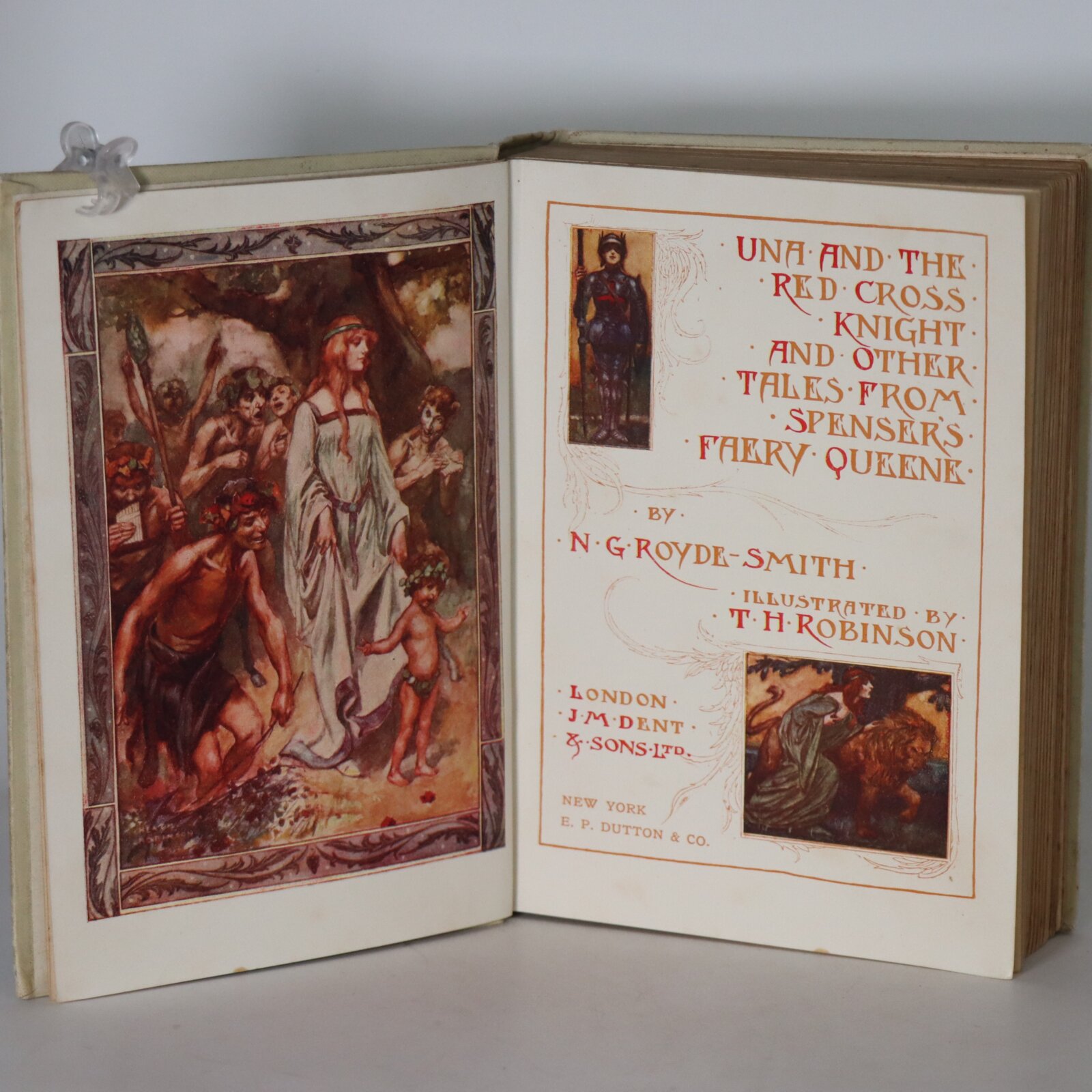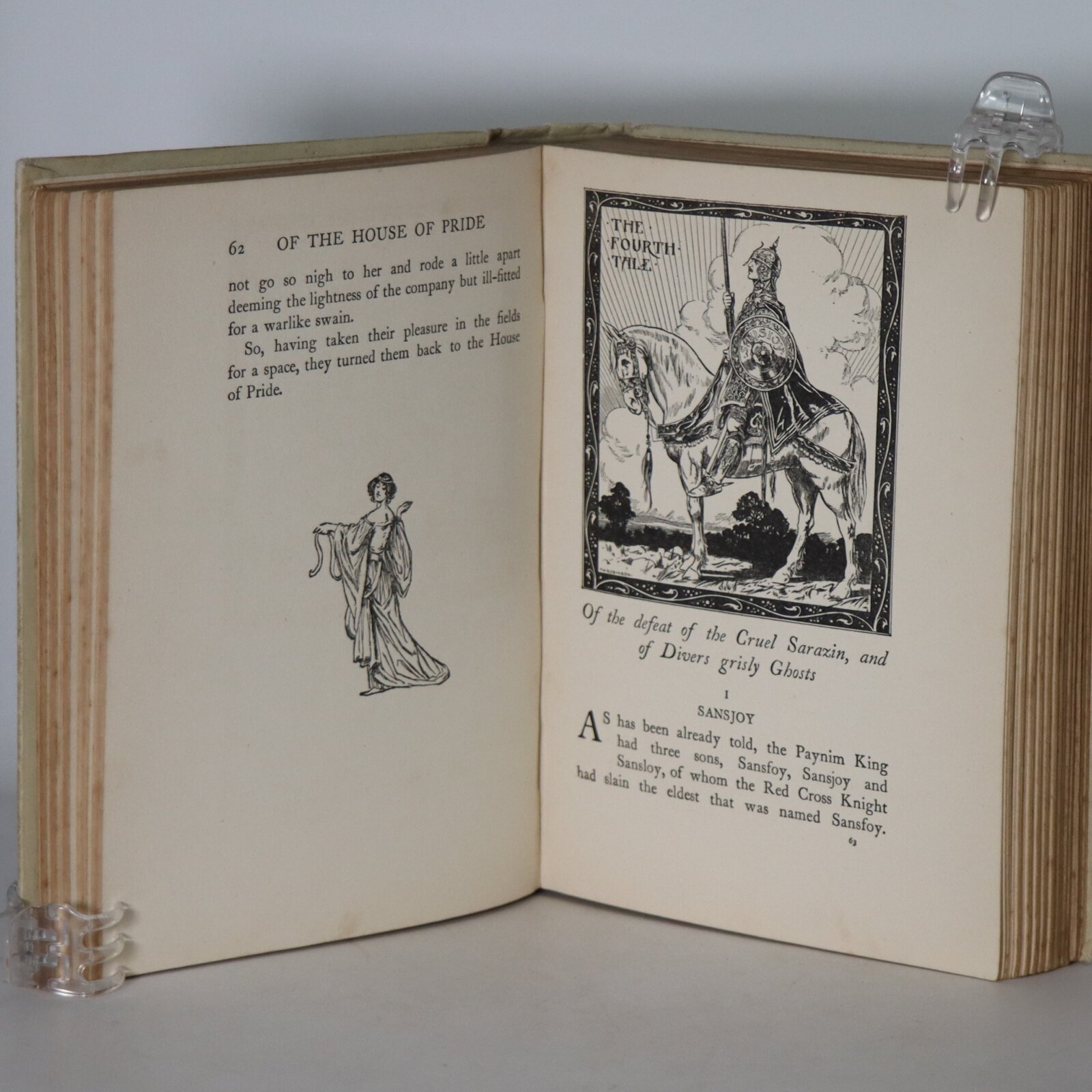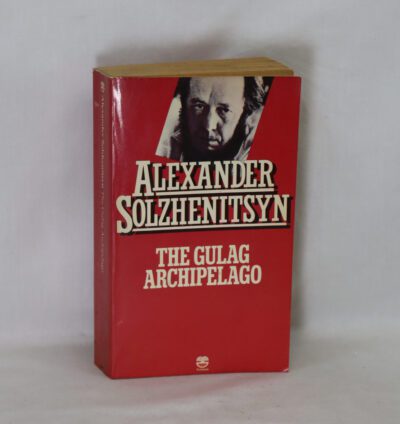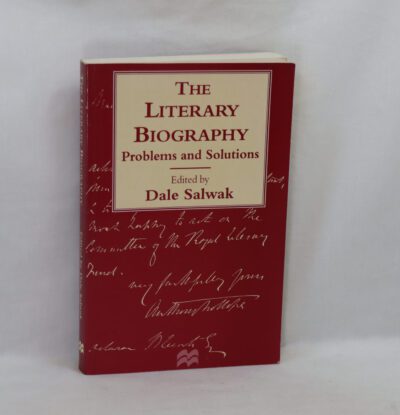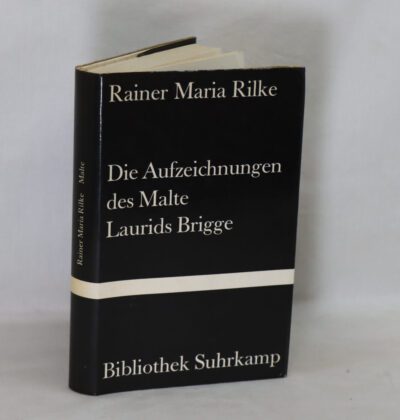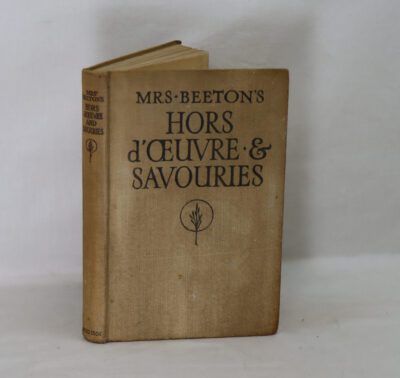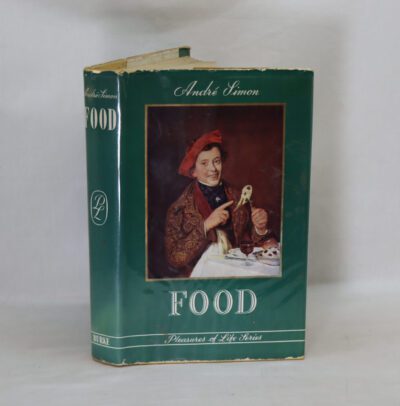Una and the Red Cross Knight. Other Tales from Spenser's Faery Queene.
By N G Royde Smith
Printed: 1920
Publisher: J M Dent. London
| Dimensions | 15 × 20 × 3.5 cm |
|---|---|
| Language |
Language: English
Size (cminches): 15 x 20 x 3.5
Condition: Very good (See explanation of ratings)
Item information
Description
Cream cloth binding with title on the spine. Title and knight image on the front board. Illustrated by T H Robinson.
F.B.A. provides an in-depth photographic presentation of this item to stimulate your feel and touch. More traditional book descriptions are immediately available.
A good copy of this rare book
The Faerie Queene is an English epic poem by Edmund Spenser. Books I–III were first published in 1590, then republished in 1596 together with books IV–VI. The Faerie Queene is notable for its form: at over 36,000 lines and over 4,000 stanzas it is one of the longest poems in the English language; it is also the work in which Spenser invented the verse form known as the Spenserian stanza. On a literal level, the poem follows several knights as a means to examine different virtues, and though the text is primarily an allegorical work, it can be read on several levels of allegory, including as praise (or, later, criticism) of Queen Elizabeth I. In Spenser’s “Letter of the Authors”, he states that the entire epic poem is “cloudily enwrapped in Allegorical devices”, and that the aim of publishing The Faerie Queene was to “fashion a gentleman or noble person in virtuous and gentle discipline”.
Spenser presented the first three books of The Faerie Queene to Elizabeth I in 1589, probably sponsored by Sir Walter Raleigh. The poem was a clear effort to gain court favour, and as a reward Elizabeth granted Spenser a pension for life amounting to £50 a year, though there is no further evidence that Elizabeth I ever read any of the poem. This royal patronage elevated the poem to a level of success that made it Spenser’s defining work.
Naomi Royde-Smith (1875–1964) was a British writer who published nearly four dozen novels, biographies, and plays. She was the first woman literary editor of the Westminster Gazette and in that capacity published the early work of such writers as Rupert Brooke, Graham Greene, Elizabeth Bowen, and Rose Macaulay.
Naomi Gwladys Royde-Smith was born in Halifax, Yorkshire, on 30 April 1875. She was the oldest child of Michael Holroyd Smith, an electrical engineer, and Anne (Williams) Holroyd Smith. The painter Matthew Smith was a cousin, and she had five sisters and two brothers. The family moved to London and all eight of the siblings adopted the hyphenated surname Royde-Smith. Naomi was educated at Clapham High School and at a private finishing school in Switzerland.
On leaving school, Royde-Smith moved to Chelsea and began to write for the Westminster Gazette (also known as the Saturday Westminster Gazette), a small magazine that enjoyed visibility beyond its size due in part to the patronage of the fifth Earl of Rosebery. Royde-Smith rose from being a contributor to the editor of the “problems and prizes” page, a responsibility she shared with her sister Leslie (who would marry George Maitland Lloyd Davies). She moved on to writing drama reviews and then, in 1912, became the Westminster Gazette’s literary editor, the first woman to attain this position. As editor, she championed the work of such writers as Rupert Brooke (whose early poems she published), Graham Greene (whose career she helped to launch), Elizabeth Bowen and Rose Macaulay (both of whose first stories she published), D. H. Lawrence, and Walter de la Mare. Beginning after World War I and continuing after the Westminster Gazette folded in 1928, she hosted a literary salon with her then-flatmate Macaulay that was attended by writers such as Edith Sitwell, Osbert Sitwell, Aldous Huxley, W. B. Yeats, and de la Mare.
In the mid-1920s, Royde-Smith began writing the first of her novels, along with a few plays, biographies, and other works, an occupation that she was able to take up full time after the Gazette closed. Her books examine mundane lives, especially those of women, and often progress from a slow start to a faster-paced, suspenseful finish. Two of her novels—her first, The Tortoise-Shell Cat (1925), and The Island (1930)—deal openly if somewhat bleakly with lesbian themes. The Tortoise-Shell Cat, which has been held to be her best book, is about a thwarted relationship between a young teacher and a predatory older woman; it has gone in and out of print several times. Royde-Smith converted to Catholicism in 1942, and three of her novels have Catholic themes: For Us in the Dark (1937), Miss Bendix (1947), and The Iniquity of Us All (1949).
Several of her books are histories, like The Private Life of Mrs. Siddons (1933) and her biography of Julie de Lespinasse, which has been praised as a model of its kind. Outside Information: A Diary of Rumour (1941) started out as a diary of World War II in which Royde-Smith intended to focus on how little ordinary people knew about what was going on and ended as a memoir of the Blitz. The novel In the Wood (1928) is partly autobiographical, describing aspects of her Yorkshire childhood.
As its title suggests, Jane Fairfax: A New Novel (1940) is inspired by Jane Austen’s novel Emma. It is somewhat experimental in that it mixes together characters from Emma, characters devised by Royde-Smith, and the two authors themselves.
Royde-Smith published her last novel in 1960, as her vision was deteriorating towards blindness. In 1964, she died of renal failure.]She is buried in Hampstead Cemetery.
Royde-Smith met Walter de la Mare in 1911 and he fell in love with her. Over the next five years he wrote her almost 400 love letters even though he was married and had no intention of leaving his family. Royde-Smith was ambivalent about the relationship, though she enjoyed being de la Mare’s muse, and she inspired some of his most significant work.
Later, in 1926, she married Ernest Milton, a London-based Italian American actor who played many roles with the Old Vic from 1918 and who also appeared as Robespierre in Alexander Korda’s 1934 film of The Scarlet Pimpernel. They lived in Hatfield, Chelsea, Wells, and Winchester, returning to London towards the end of Royde-Smith’s life.
Want to know more about this item?
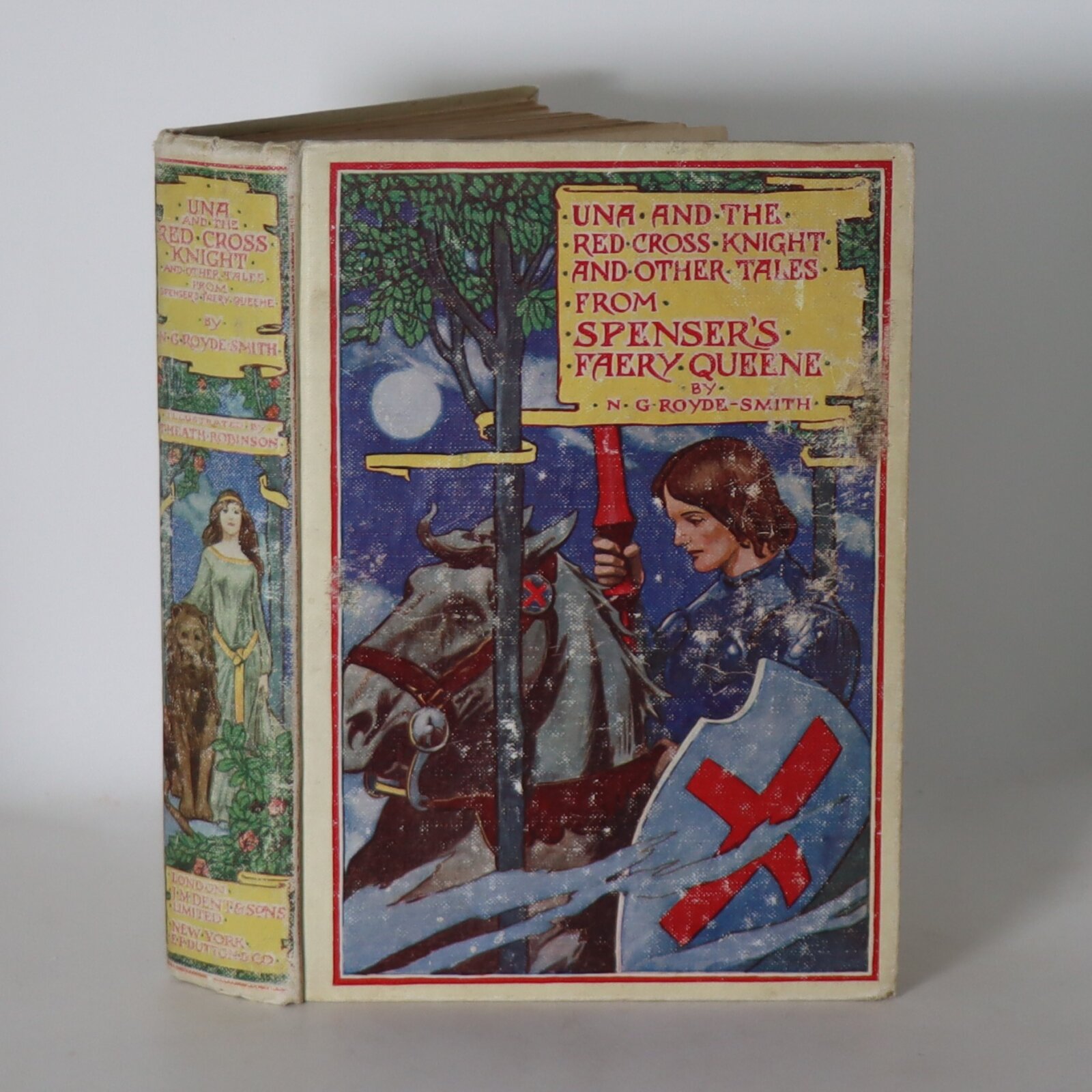
Related products
Share this Page with a friend

